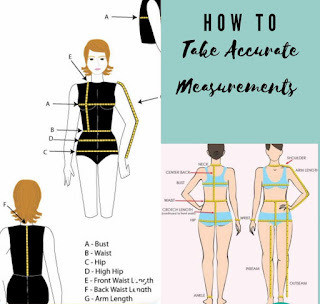AUTOCARE: ENGINE COMPONENT
Engine Component
Cylinder block
The cylinder block, which consist of a cylinder liner single casted unit and is considered to be the main body of an engine. In which the piston reciprocates up and down from Top Dead Centre (TDC) to Bottom Dead Centre (BDC) to generate power.
The cylinder block and cylinder liner are fabricated to withstand high pressure and Temperature during the power stroke.
The cylinder block is well-designed
with water passages to remove the excess heat and separate oil passages are provided for the circulation of lubricating oil. The top portion of the
cylinder block is covered by the cylinder head. The crankcase is an integral part of the cylinder block which houses the crankshaft and the lower portion is dipped in an oil pan.
Piston and Piston Rings
Piston is a cylindrical unit, used to compress the charge during compression stroke and to transmit the gas force to the connecting rod and then to the crankshaft during power stroke. The pistons of IC engines are usually
made of aluminium alloy, which has high thermal conductivity and is light in weight. The material of piston must have the ability for higher heat transfer.
The piston moves up and down (from TDC to BDC) and assists in completing the engine cycle. The piston rings are placed in the ring groove and provide sealing between the piston and the cylinder liner, thereby preventing the leakage of high pressure gases. These are made of special grade cast iron, which retains its elastic property even at very high temperature. The upper piston rings are called the compression rings and the lower piston rings are called the oiling or oil control rings.
Cylinder Head
The cylinder head is also single-casted unit and bolted to the top portion of the cylinder block. The combustion chamber is a part of the cylinder head, where the combustion of gases takes
place. The water passages are provided to remove the heat from the cylinder head. the cylinder head also houses the camshaft which has the inlet and exhaust valves with supportive valve mechanism. This provision is made to fix spark plug in SI (Spark Ignition) engines and nozzle in CI (Compression ignition) engines. The lower portion of the cylinder head is well-machined
to ensure there is no leakage of gases. Cylinder head gasket is usually cast as one piece and bolted to the top of the cylinder (engine block). Copper and
asbestos gaskets are provided between the cylinder and cylinder-head to obtain a gas-tight joint. The charge enters the combustion chamber through the
inlet valve connected to the inlet manifold, and the exhaust gases are removed through the exhaust
valves connected to the exhaust manifold.
Connecting Rod:
It is made in the shape of ‘I’ so as to reduce its weight and to withstand strength. Its small end is connected to the piston with the help of gudgeon pin and the big end is connected to the crankpin with shell bearings. It
has a passage for the transfer of lubricating oil from the big end bearing to the small end bearing (gudgeon pin). The major function of the connecting
rod is to convert the reciprocating motion of piston to the rotary motion of the crankshaft.
Valve
Inlet Valve: The major role of the inlet valve is to submit fresh charge in to the cylinder during the suction stroke. Opening and closing of the valve
will control the admission of the charge into the petrol engine or air into diesel engine during suction stroke of an engine. The valve operations will be as per the valve timings. The inlet valve has a wider face or in latest engines two inlet valves are used to maintain volumetric efficiency of an engine.
Exhaust Valve: The exhaust valve removes out the burnt gases from the combustion chamber after power stroke. The exhaust valve has to bare more heat resistance.







Comments
Post a Comment